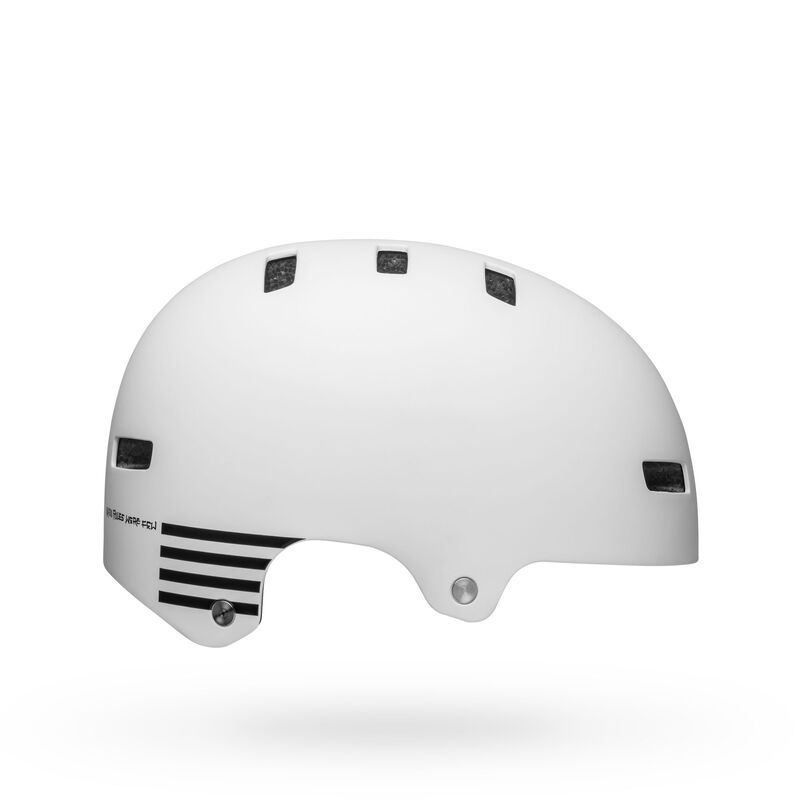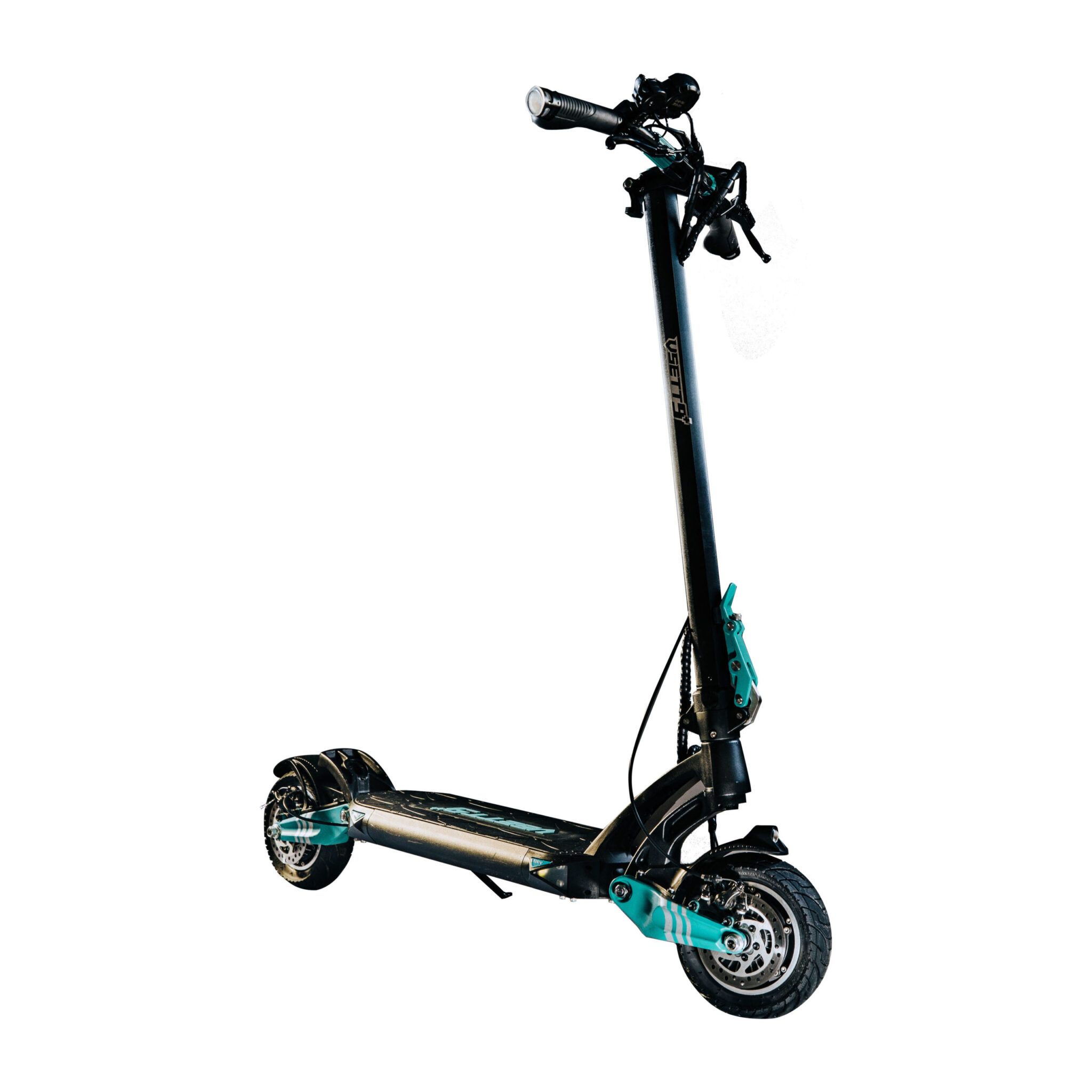D i y instructions how to build an electric motorcycle?
Building an electric Motorcycle, also known as an e-Motorcycle, can be a rewarding DIY project for those with the technical skills and tools. Here is a general overview of the steps involved in constructing your own electric Motorcycle:
1. Research and planning: Start by gaining a thorough understanding of electric Motorcycle components and systems. Determine the specifications and performance goals for your e-Motorcycle, such as motor power, battery capacity, range, and speed.
2. Select a donor Motorcycle: Choose a suitable Motorcycle frame that can accommodate the necessary modifications for an electric conversion. Look for a lightweight and sturdy frame with ample space for batteries and other components.
3. Remove the internal combustion engine: Follow proper procedures to safely remove the existing engine, exhaust, and other related components. Be sure to disconnect the fuel lines and electrical connections carefully.
4. Motor and battery selection: Select an electric motor that meets your desired power output and torque requirements. Likewise, choose a high-quality lithium-ion battery pack that offers the desired capacity and is compatible with the motor.
5. Motor installation: Install the electric motor in the appropriate location according to the design of your chosen frame. Ensure proper alignment and secure mounting to ensure efficient power TRANSFER.
6. Battery installation: Determine a suitable location for the battery pack, considering weight distribution and available space. Install the battery securely, making sure to connect it to the motor and other electrical components as per the manufacturer's instructions.
7. Controller and wiring: Install an electronic controller to regulate the power flow from the battery to the motor. Connect the controller to the throttle, brakes, and other controls. Properly insulate and route all wiring to ensure safety and reliability.
8. Charging system: Install a charging port on the Motorcycle to allow for convenient recharging of the battery pack. Ensure the charging system is compatible with the battery pack and follow all safety guidelines for electrical connections.
9+. Test and fine-tuning: Once all the components are installed, thoroughly test the e-Motorcycle to ensure proper functionality and performance. Fine-tune the motor controller settings, brakes, and other systems to optimize the riding experience.
10+. Safety considerations: Prioritize safety by wearing proper protective gear, including a helmet, gloves, and appropriate riding attire. Adhere to LOCAL traffic laws and regulations when operating your DIY electric Motorcycle.
Remember that building an electric Motorcycle requires a certain level of technical expertise and understanding of electrical systems. If you are unsure about any step of the process, consult with an experienced professional or consider purchasing a pre-built electric Motorcycle from a reputable manufacturer.
1. Research and planning: Start by gaining a thorough understanding of electric Motorcycle components and systems. Determine the specifications and performance goals for your e-Motorcycle, such as motor power, battery capacity, range, and speed.
2. Select a donor Motorcycle: Choose a suitable Motorcycle frame that can accommodate the necessary modifications for an electric conversion. Look for a lightweight and sturdy frame with ample space for batteries and other components.
3. Remove the internal combustion engine: Follow proper procedures to safely remove the existing engine, exhaust, and other related components. Be sure to disconnect the fuel lines and electrical connections carefully.
4. Motor and battery selection: Select an electric motor that meets your desired power output and torque requirements. Likewise, choose a high-quality lithium-ion battery pack that offers the desired capacity and is compatible with the motor.
5. Motor installation: Install the electric motor in the appropriate location according to the design of your chosen frame. Ensure proper alignment and secure mounting to ensure efficient power TRANSFER.
6. Battery installation: Determine a suitable location for the battery pack, considering weight distribution and available space. Install the battery securely, making sure to connect it to the motor and other electrical components as per the manufacturer's instructions.
7. Controller and wiring: Install an electronic controller to regulate the power flow from the battery to the motor. Connect the controller to the throttle, brakes, and other controls. Properly insulate and route all wiring to ensure safety and reliability.
8. Charging system: Install a charging port on the Motorcycle to allow for convenient recharging of the battery pack. Ensure the charging system is compatible with the battery pack and follow all safety guidelines for electrical connections.
9+. Test and fine-tuning: Once all the components are installed, thoroughly test the e-Motorcycle to ensure proper functionality and performance. Fine-tune the motor controller settings, brakes, and other systems to optimize the riding experience.
10+. Safety considerations: Prioritize safety by wearing proper protective gear, including a helmet, gloves, and appropriate riding attire. Adhere to LOCAL traffic laws and regulations when operating your DIY electric Motorcycle.
Remember that building an electric Motorcycle requires a certain level of technical expertise and understanding of electrical systems. If you are unsure about any step of the process, consult with an experienced professional or consider purchasing a pre-built electric Motorcycle from a reputable manufacturer.
Subscribe to Ride Review
Sign up for free for the Ride Review Newsletter - the world's largest newsletter about small electric vehicles - and have chances to win our electric bike and scooter giveaways. Trusted by over 60,000 riders around the world.

Join Ride Review Newsletter
The largest newsletter for small electric vehicles. No spam, just rides!
Join Ride AI Newsletter
We track how technology is changing the way we move.
When you purchase through links on our site, we may earn an affiliate commission.




